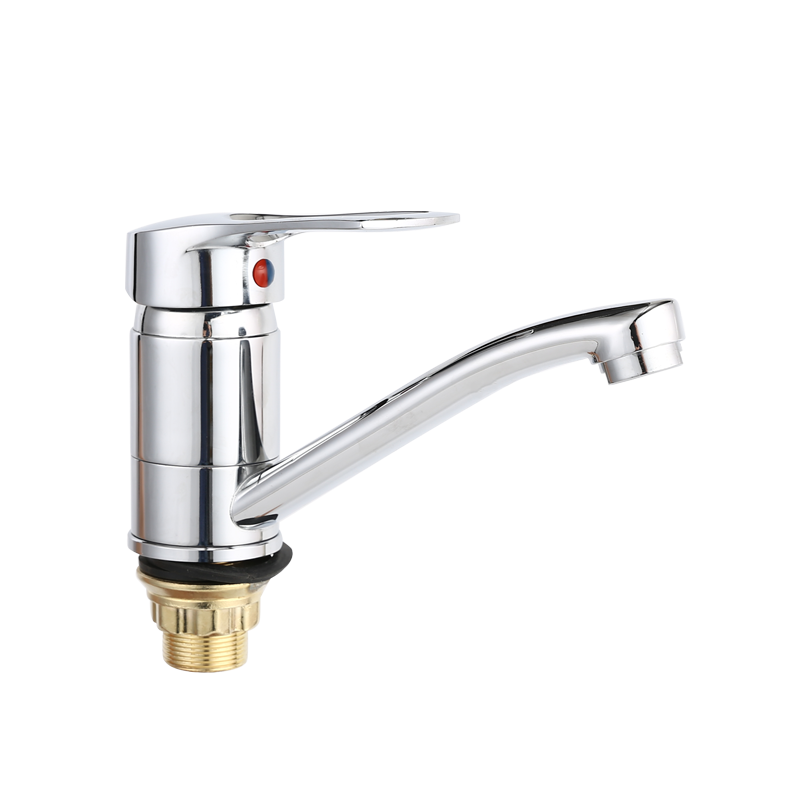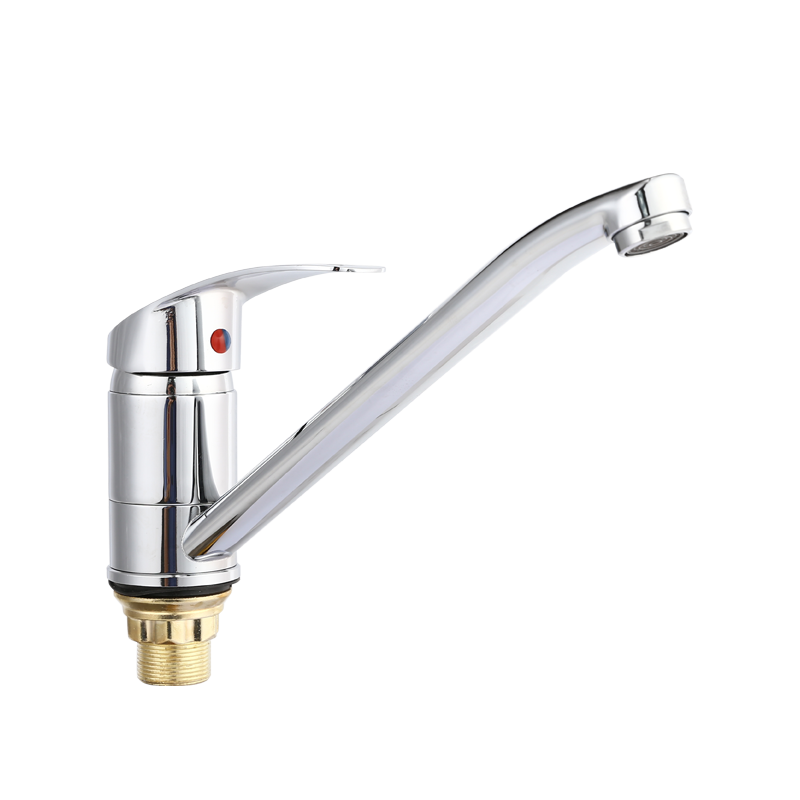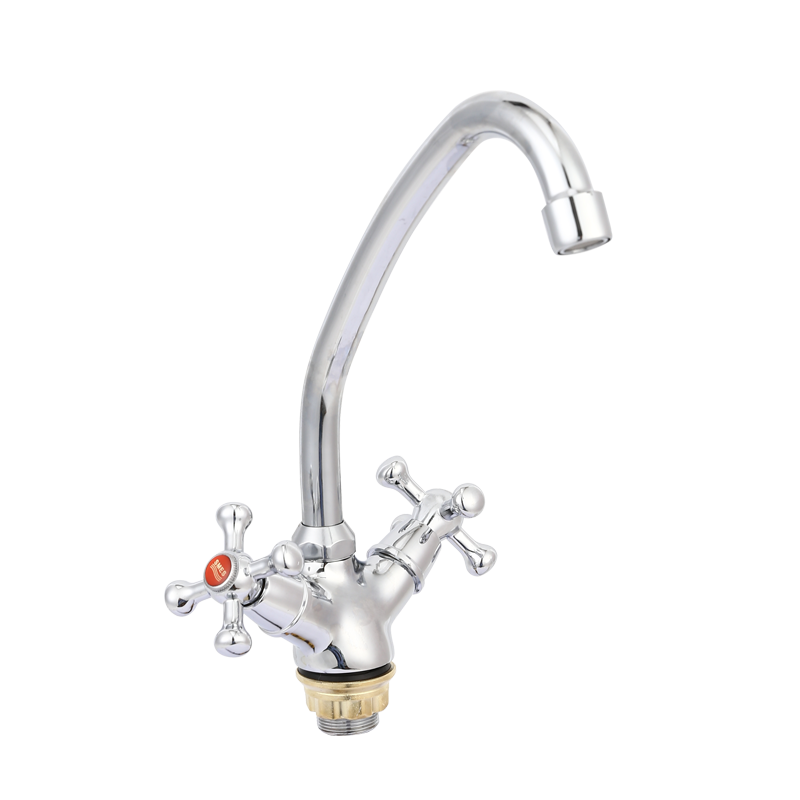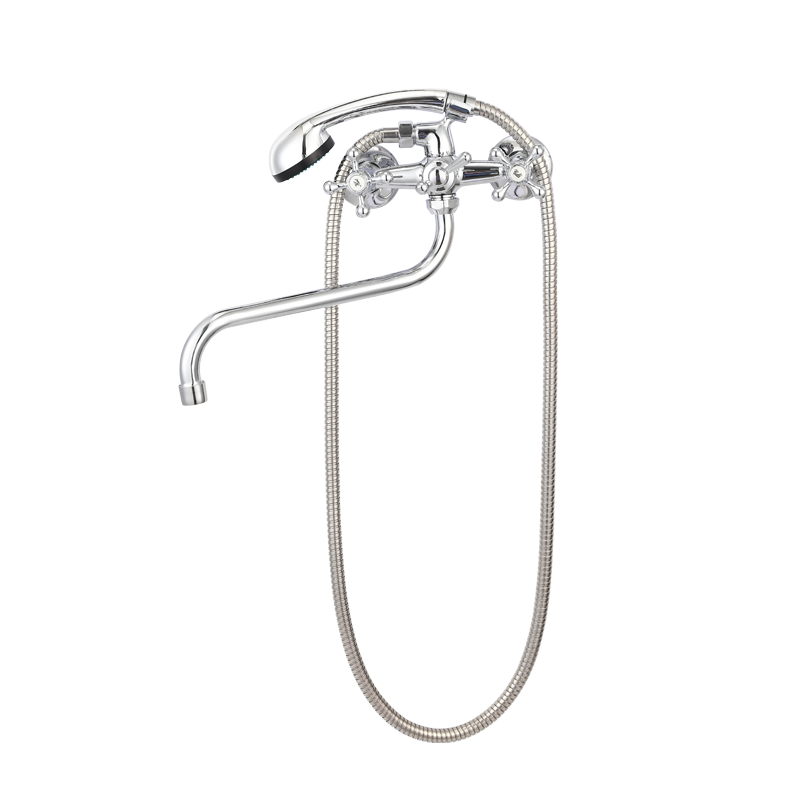Water faucets are an essential part of our daily lives, providing us with easy access to clean water for various purposes. Over the years, faucets have evolved not only in terms of functionality but also in design, incorporating innovative features and adding a touch of elegance to our kitchens and bathrooms. In this article, we will explore the fascinating journey of water faucets, from their humble beginnings to the modern-day marvels that grace our homes.
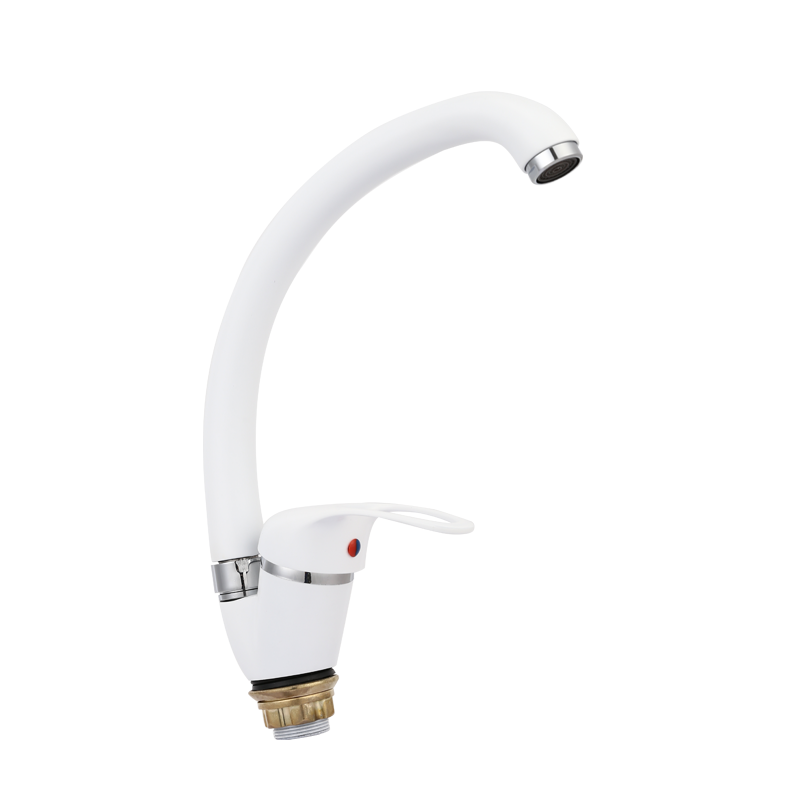

The Origins:
The concept of water faucets dates back centuries, with evidence of rudimentary designs found in ancient civilizations. Early civilizations used simple valves and hollowed-out stones to control the flow of water. These early faucets primarily served practical purposes and lacked the aesthetic appeal we associate with modern designs.
The Industrial Revolution and Mass Production:
The Industrial Revolution in the 19th century brought about significant advancements in manufacturing techniques, allowing faucets to be mass-produced. With the availability of new materials such as brass and iron, faucets became more durable and reliable. This era marked the transition from handmade faucets to standardized designs, making them more accessible to the general population.
Functionality Meets Style:
As plumbing systems became more sophisticated, the focus on faucet design shifted towards functionality and aesthetics. Manufacturers began incorporating features such as separate hot and cold water controls, adjustable water flow, and anti-drip mechanisms. With the introduction of chrome plating in the early 20th century, faucets started to exhibit a sleek and polished appearance.
The Rise of Innovative Designs:
In recent decades, faucet designs have become increasingly innovative, transforming them into architectural elements that enhance the overall look of a space. From minimalist designs to bold, sculptural forms, faucets now come in a wide range of shapes, sizes, and finishes to suit different preferences and interior styles. Touchless faucets, equipped with motion sensors, have gained popularity due to their hygienic and convenient operation, particularly in public spaces.
Eco-Friendly Features:
With growing concerns about water conservation, manufacturers have developed eco-friendly faucets that help reduce water wastage. Low-flow faucets and aerators, for instance, mix air with water, maintaining a steady water pressure while reducing overall consumption. These eco-conscious designs not only benefit the environment but also offer long-term cost savings for consumers.
Smart Faucets:
Advancements in technology have given rise to smart faucets that bring automation and convenience to our daily routines. These high-tech faucets can be controlled remotely via smartphone apps, allowing users to adjust water temperature and flow rates with precision. Some smart faucets even feature voice control capabilities, integrating seamlessly with smart home systems.
Water faucets have come a long way from their simple beginnings, evolving into sophisticated fixtures that combine functionality, style, and environmental consciousness. From basic valves to smart, automated devices, the design and functionality of faucets continue to evolve with advancements in technology and changing consumer needs. As we look towards the future, it's exciting to envision how water faucets will continue to innovate, further enhancing our daily interactions with water and contributing to sustainable living.

 English
English русский
русский